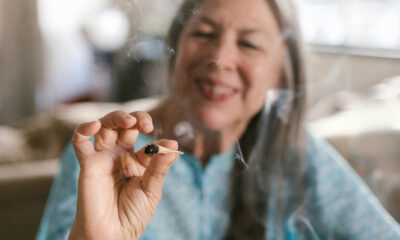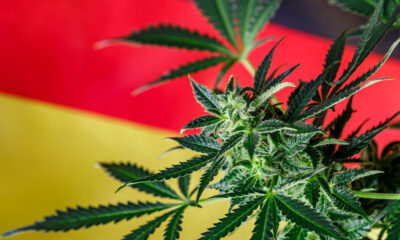
Legal
TV May Help Shape Adults’ Attitudes Towards Cannabis
Although television can sometimes get a bad rap, lots of people find that zoning out in front of it is the best way to relieve the tension from a long, hard day at work. That fictional drama on the screen can be a therapeutic way to be distracted from the ongoings in our own lives in the same way that an over-the-top reality show can divert our attention away with its ridiculousness.
According to reports, data provided by the General Social Survey (GSS) seemingly shows a correlation between the amount of time spent watching television and support for cannabis legalization. Of course, it’s more complex than just measuring the duration of TV consumption and holding that information up against the number of marijuana advocates. The data took many factors into consideration including party identification, age, marital status, race and how often respondents read the newspaper.
It’s important to note that the depiction of cannabis in the media has drastically changed over the last few decades. Things have changed since the days of Reefer Madness, where marijuana was portrayed as a bane of society that promoted evil, lewd and uncontrollably violent behavior. Over the years, the perception of cannabis has shifted along with the accompanying images that the public regularly consume through media. Discussions and depictions of marijuana have become more prevalent from sitcoms to documentaries to the topic routinely showing up on the news.
“There’s a wink and a nudge when it comes to pot use on television,” Melissa Henson, the Director of Communications and Public Education for the Parents Television Council said. “It’s pretty much treated as acceptable, as normal… This is something that everybody does, and everybody knows that everybody does it.”
While the percentage of adults who support marijuana legalization has dramatically increased with the shift in the plant’s portrayal on television, a follow-up question might ponder whether people are influenced by the television they watch, or if public opinion influences what television chooses to show its audience. Realistically, it might be a combination of both.
Although excessive time in front of the television isn’t recommended, if it’s helping to encourage shifts in the social and cultural framework of the way cannabis is viewed — maybe a little time watching the boob tube isn’t so bad.


























